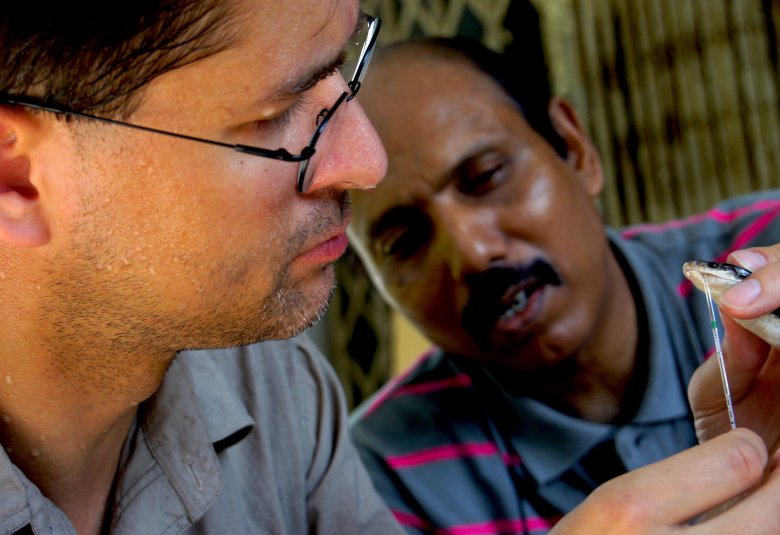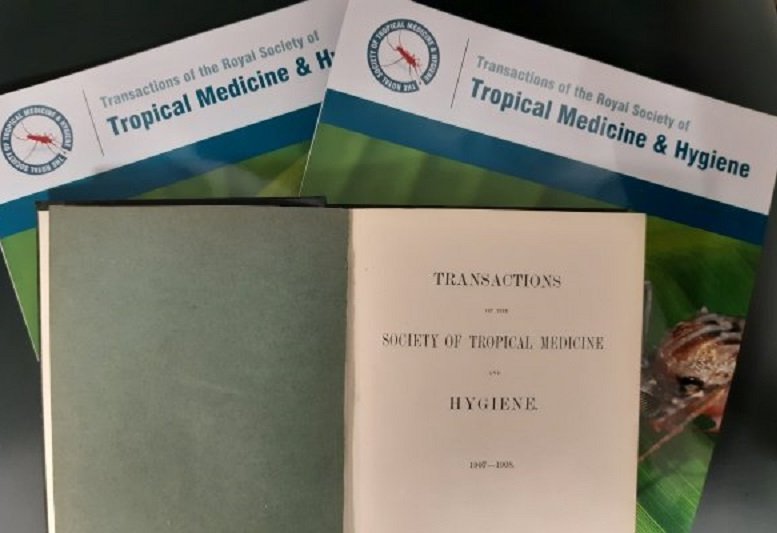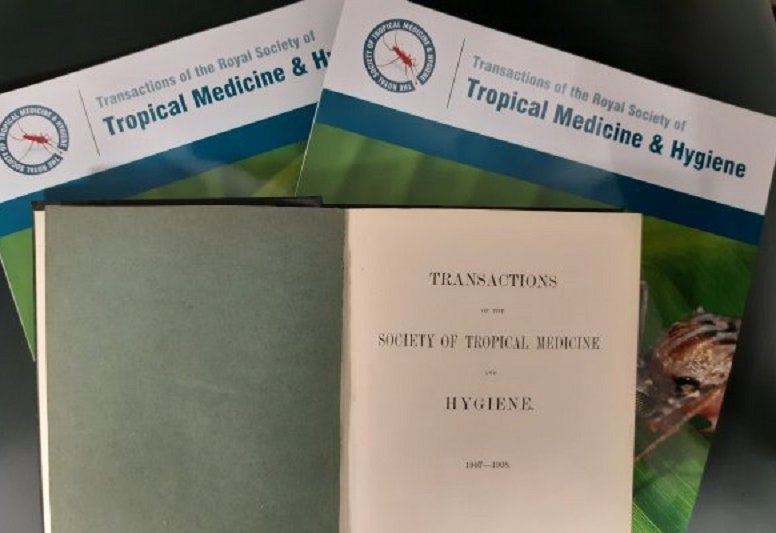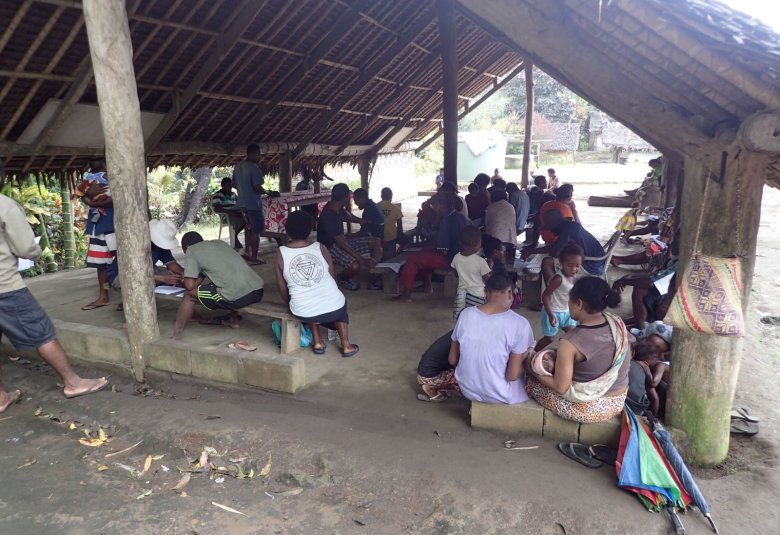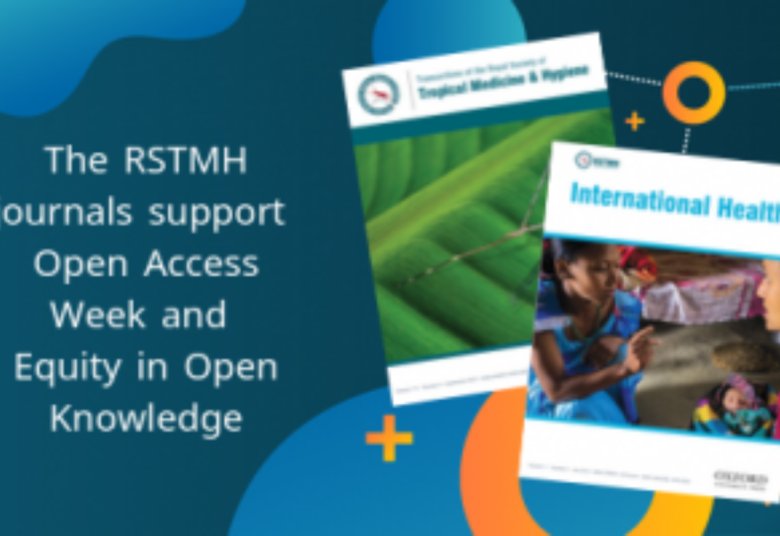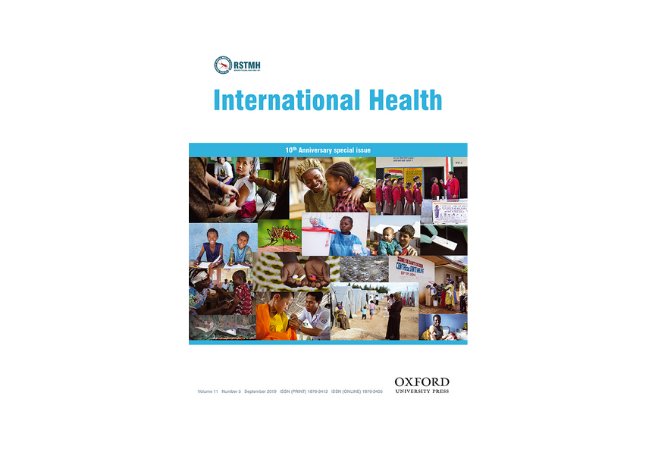International Health: Surveillance Special Issue
The May issue of International Health is a commissioned themed issue on innovation in public health surveillance. It begins with Editorials from Guest Editors Professor David Durrheim and Dr Joseph Fitchett. The first, Global infectious disease surveillance: getting back to basics, discusses the importance of rigorous case-based surveillance and gives the example of how we have failed to capitalise on this well-established public health tool in our global effort to achieve measles and rubella elimination. In contrast, the second editorial, Why transition matters as much as eradication: lessons from global polio surveillance, looks at the success of the global polio eradication efforts that has used meticulous surveillance in the hardest to reach areas of the globe and the principle of immunisation of every last child.
Commentaries and Reviews
This themed issue contains four interesting reviews on surveillance systems. The first is from Tangerman et al, and is this month's Editor Choice, on the critical role of acute flaccid paralysis surveillance in the Global Polio Eradication Initiative. A narrative review from Cashman et al discusses participant-centred active surveillance of adverse events following immunisation. Rota et al highlight the importance of laboratory networks as essential components of disease surveillance systems giving the WHO Global Measles and Rubella Laboratory Network and the China Measles and Rubella Laboratory Network as examples, and Carrion and Madoff discuss the success of ProMED-mail: a 22 years of digital surveillance of emerging infectious diseases.
The issue also features commentaries discussing the novel surveillance methods used in the control of the Ebola virus, how measuring vaccination coverage better will help achieve disease control, the need to improve reporting and case definitions for serious bacterial infections and the experience and networks created from developing Flutracking.net for online influenza-like illness surveillance and Vaxtracker.net for vaccine adverse event monitoring.
Original research articles
We also have two original research articles to conclude the issue. The first from Butler et al studies ‘Silent’ and ‘noisy’ areas: acute flaccid paralysis surveillance at subnational level, Australia, 2001–2015 and the second from Foster et al on the Adaptation of a malaria surveillance system for use in a visceral leishmaniasis elimination programme.





